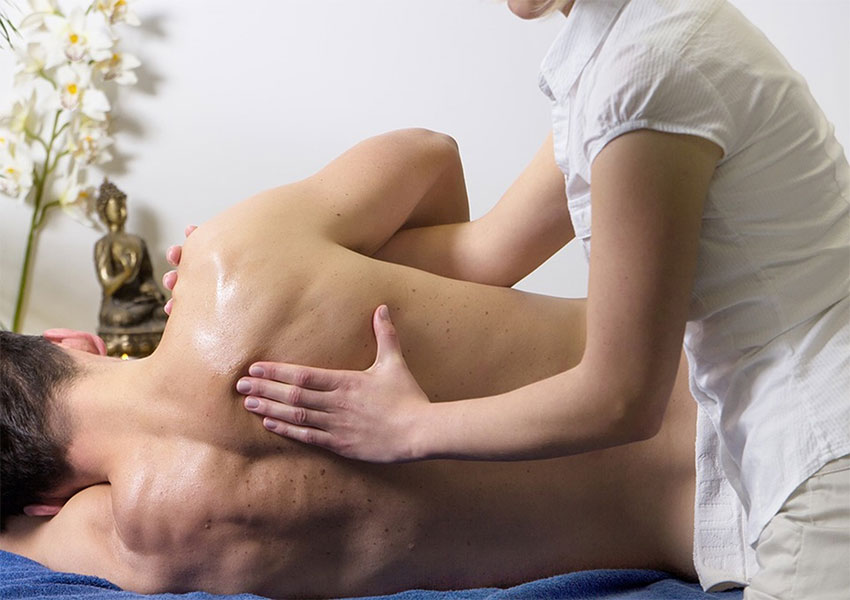H-Wave Is Effective For Shoulder Rotator Cuff Injuries
A rotator cuff injury is one of the most painful and debilitating injuries a person can have. Four muscle-tendon connections make up the rotator cuff, and while injuries can be due to trauma, injury most often occurs due to repetitive use and overuse of the arm and shoulder. With repetitive use injury, the tendons become strained and inflamed, and over time, tears occur and the tendons degrade.
Patients who have rotator cuff injuries suffer shoulder weakness and decreased range of motion, but most of all, they suffer chronic pain. Night pain can lead to lack of sleep and other issues.
Non-surgical treatments for rotator cuff injuries do exist, and are effective for some non-traumatic rotator cuff injuries. Doctors often prescribe physical therapy, anti-inflammatory medications, activity modifications and cortisone injections. Frequently, these treatments provide temporary relief, and for many, surgery to repair the rotator cuff is inevitable. Typically, doctors will recommend surgery if these other treatment methods have not significantly improved the condition for six to twelve months.

The post-surgery period is painful. Physical therapy is a key part of a successful recovery; doctors usually begin the physical therapy one day after surgery and the therapy can continue for several months. These sessions can be quite painful, but many patients do not want to take prescription pain medications for that length of time.
H-Wave device stimulation represents a viable and effective alternative for post-surgery pain management and recovery of range of motion. In a study involving 22 patients, the H-Wave device was used to determine whether the device could achieve an increased range of motion and strength in patients who underwent rotator cuff reconstruction surgery.
Patients were divided into two study groups. The first group used the H-Wave device for one hour twice per day for 90 days after surgery. The second group used a placebo device for the same period of time.
Range of motion was measured before surgery and at 45 and 90 days post-surgery. Patients were asked to perform five basic ranges of motion tests: Forward Elevation, External Rotation (arm at side), External Rotation (arm at 90 degrees away from the body), Internal Rotation (arm at side), and Internal Rotation (arm at 90 degrees away from the body). Strength testing was also performed at these same time periods.
Patients who used the H-Wave device had significantly improved range of motion, particularly for internal and external rotation movements. The results demonstrate that H-Wave can be an effective part of post-surgery management of rotator cuff reconstruction. These results support previous research studies performed on the device.
Whether you are a patient who has a rotator cuff reconstruction in your future, or a physician looking for alternative treatments to use during the post-surgery phase, the H-Wave represents an effective treatment for helping restore range of motion after rotator cuff reconstruction surgery.
You may also like:
Post-Op Recovery Protocols with Dr. Kelly Starrett, DPT
Post Operative Care after Orthopedic Surgery with Dr. Kelly Starrett, DPT
Pump Early, Pump Often: Effective Pain Relief on Your Schedule – H-Wave